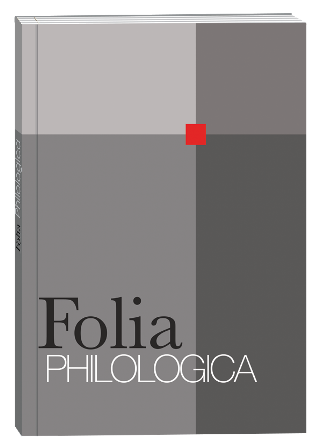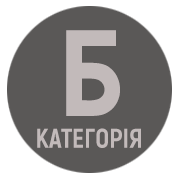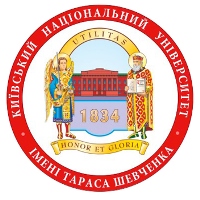COGNITIVE EFFORT AS A COMPONENT OF TRANSLATOR’S STRATEGY
DOI:
https://doi.org/10.17721/folia.philologica/2022/3/6Keywords:
translation, cognitive translation studies, translation strategy, cognitive effort, metacognitionAbstract
The article examines the translator's cognitive strategy from the perspective of its key component , i.e. cognitive effort. The relevance of the discussed issue is determined by the fact that translation activity from a cognitive perspective attracts the attention of many scholars, and the heyday of this activity falls on the border of the 20–21 centuries. Meaning-making as a fundamental aspect of cognitive effort is to be analyzed. The study of mental processes in translation is of high relevance today. A noticeable shift towards the priority of understanding the cognitive process, as well as accumulation of information and knowledge that translator acquires through training and experience has become noticeable. In the research the following methods were used: the method of theoretical data collection and the method of analysis and evaluation of the obtained data. We consider metacognition to be the basis of a translator's cognitive strategy and understand it as strategic control over complex cognitive tasks, in particular translation. Close attention is paid to metacognition as a conscious control over the translator's cognitive tasks. Cognitive effort is considered as a combination of cognitive load with cognitive abilities that should be applied to solve a translation task. The article examines text-centric and translation-centric manifestations of cognitive effort. In addition, it is necessary to consider the subject field of the translator's cognitive resource, to analyze the designation of the cognitive resource at work in the process of translation. In order to illustrate the possibilities of translation, we rely on V. Lerscher's basic, extended and complex structures. On the one hand, the article revealed that simpler structures are rendered in literal translation and require less cognitive effort. On the other hand, more complex structures require considerable cognitive effort. The obtained results are the basis for further study of the cognitive resource as the main leverage in the activity of the translator.
References
Angelone, E. & Shreve, G. M. (2011). Uncertainty Management, Metacognitive Bundling in Problem Solving, and Translation Quality, In Cognitive explorations of translation / edited by Sharon O’Brien, pp. 108–130.
Carl, M. & Schaeffer, М. (2017). Measuring translation literality. In: Translation in Transition: Between cognition, computing and technology. Edited by Arnt Lykke Jakobsen and Bartolomé Mesa-Lao, Benjamins Translation Library, pp. 82–106. https://doi.org/10.1075/btl.133.03car
Clark, A. (1998). Being there: Putting brain, body, and world together again. Cambridge: MIT Press.
Clark, A., & Chalmers, D. J. (1998). The extended mind. Analysis, 58(1), 7–19.
Deckert, M. (2020). Decision-Making: Putting AVT and MA into Perspective. In: Bogucki Ł., Deckert M. (eds). The Palgrave Handbook of Audiovisual Translation and Media Accessibility. Palgrave Studies in Translating and Interpreting. Palgrave Macmillan, Cham. https://doi.org/10.1007/978-3-030-42105-2_24
Hartsuiker, R., Pickering, M. and Veltkamp, E. (2004). Is syntax seperate or shared between languages? Psychological Science, 15, 409–414.
Lörscher, W. (2005). The Translation Process: Methods and Problems of its Investigation. Meta: journal des traducteurs / Meta: Translators’ Journal, 50 (2), 597–608. https://doi.org/10.7202/011003ar
Muñoz, R. (2013). Cognitive and psycholinguistic approaches. In: The Routledge Handbook of Translation Studies. Routledge, 241–256.
Pezzulo, G., Lawrence, W., Barsalou L. W. et al. (2013). Computational Grounded Cognition: a new alliance between grounded cognition and computational modeling. Frontiers in Psychology. https://doi.org/10.3389/fpsyg.2012.00612
Siren, S. &, Hakkarainen, K. (2002). The cognitive concept of expertise applied to expertise in translation. Across Languages and Cultures, 3, 1, 71–82.
Suchman, L. (2007). Human-machine reconfigurations. Cambridge: Cambridge University Press.
Tirkkonen-Condit, S. (2005). The Monitor Model Revisited: Evidence from ProcessResearch. Meta, 50, (2), 405–414. https://doi.org/10.7202/010990ar









